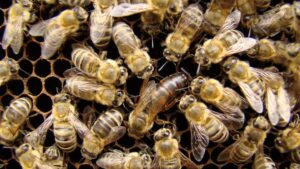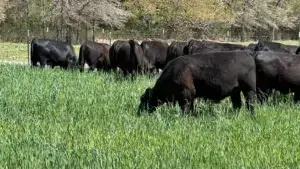Bayer CropScience, through its North American Bee Care Program, announces Healthy Hives 2020 — an initiative focused on finding tangible solutions that will improve the health of honeybee colonies in the United States in the next five years.
“While the overall number of honeybee colonies in North America is increasing, they are being impacted by a wide range of factors, including disease, lack of forage and invasive pests like the Varroa mite, among other major stressors,” says David Fischer, Bayer CropScience director of pollinator safety. “The goal of Healthy Hives 2020 is to define the current status of honeybee health in the U.S. and establish priorities with measurable goals to improve the health of honeybees through collaboration with some of the country’s most recognized pollinator health experts.”
The initiative brings together a cross-section of bee health stakeholders including academia, government, agriculture, business and the beekeeping community to:
- Better quantify the characteristics of a healthy honeybee hive.
- Enhance collaboration, communication and partnerships to address honeybee health issues.
- Identify and develop tangible solutions that will improve colony health.
To get this discussion started, Bayer CropScience will host a two-day workshop June 2-3 with the goal of determining present honeybee health conditions and setting three tangible and assessable initiatives to improve honeybee health by the year 2020. The best ideas from the inaugural meeting will become part of an action plan that will include sponsored research through collaborations with various organizations, as well as research conducted directly by the North American Bayer Bee Care Center.
While the Healthy Hives 2020 council members will work to find solutions to improve honeybee health long-term, Bayer is also working to tackle one of the major issues facing pollinators today — lack of forage. Its Feed a Bee initiative works with individuals and organizations across the country to grow 50 million flowers and to increase bee forage areas.











